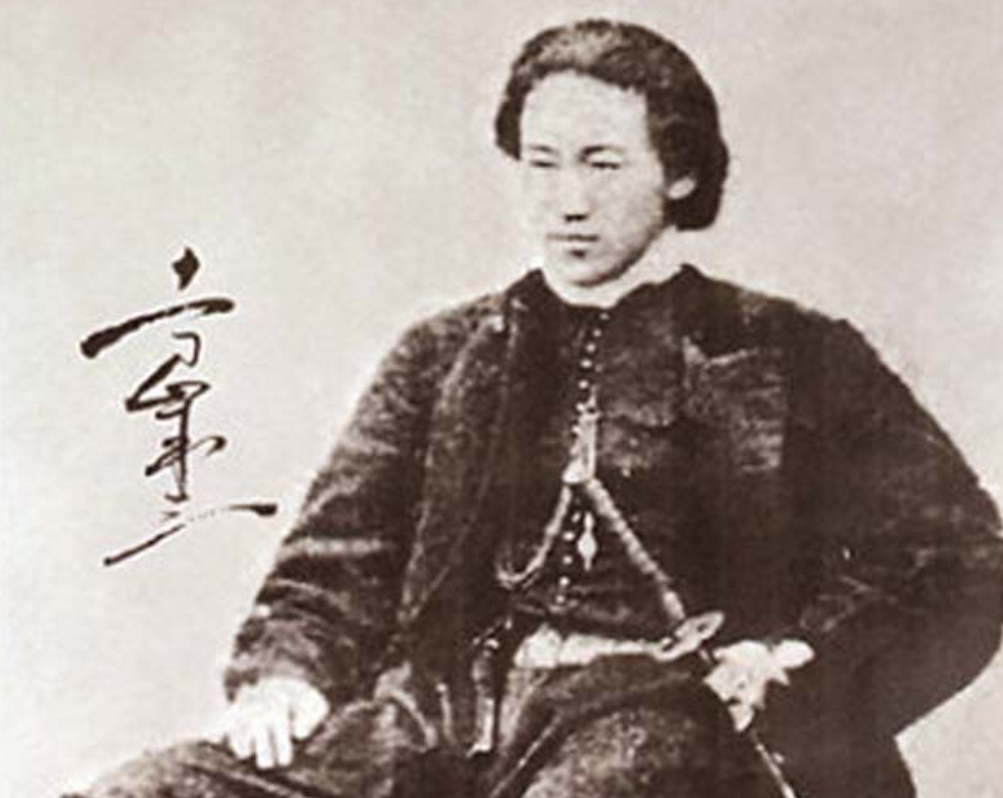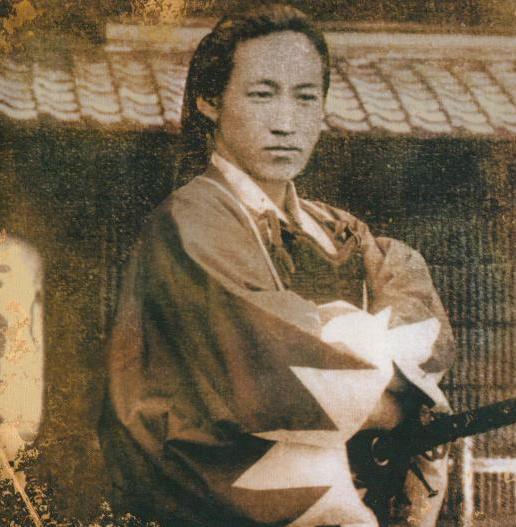Although Japan is now considered a part of the Western, developed world and is a steady member of the United Nations, this was not always the case.
In fact, the people of Japan remained in isolation for hundreds of years. They barely interacted with the world beyond their borders.
The transition to reopening the borders was chaotic and bloody, so the imperial powers decided they needed to create a new group to restore order: the Shinsengumi, or the “Newly Elected Corps.”

Japanese Isolationism
From the early 1600s, Japan had remained in isolation from outside nations. This was because of a ruling by the Tokugawa Shogunate, the military government of Japan.
This government established a feudal system in Japan, with lords at the top, then a warrior class of samurai, with peasants and farmers below them. In order to maintain power, the government restricted access to any foreign contact for two main reasons.
One was to prevent the spread of Christianity and the second was to avoid the kind of commercial growth that may empower a lesser lord to overthrow the Tokugawa clan.
Both were a potential threat to the stability of the nation and Tokugawa power. Isolationism did well to prevent either from happening. Isolation also spurred Japan into a period of economic and social growth and political stability for over 200 years.
Opening to the West
By the mid-1800s, Japan’s isolation was under threat as Western imperial powers began pressuring Asian nations to open for trade. Britain and France had fought two wars with China over the production of opium and were exerting control over the region.
But it wasn’t until Matthew C. Perry, brother of the War of 1812 hero General Oliver Hazard Perry, sailed across the Pacific that Japan was forced to open. The United States had missed out on the imperial conquests and was looking to carve out its own sphere of influence in the East.
Perry arrived in Japan and threatened war with the nation if they did not open trade routes with the United States. After some panicked debate by the government, which actually weakened its control over the nation due to its indecisive nature, the Japanese and Americans signed the Treaty of Peace and Amity.
It allowed for US trade in specific ports, set up a US consulate in Japan, and provided assistance for shipwrecked American sailors. The United States was content with the treaty and its results. But, little did they know that it would have far-reaching consequences that eventually reshaped Japanese society.
The Beginning of the End
Signing the treaty with the United States caused the Tokugawa shogunate to appear weak to the people of Japan. This made them decide to be rid of the feudal system and reinstate the power of the Emperor in Kyoto.
However, the Tokugawa were not prepared to give up the power that easily. The shogun traveled to Kyoto to try and negotiate a way to remain in power.
The clan organized a group of soldiers to protect the shogun. They were drawn from local farmhands and ronin (masterless samurai). When the commanding officer was found to be an imperial sympathizer, the group was disbanded.
However, a number remained in Kyoto and formed a new group called the Shinsengumi. The Shinsengumi became an unofficial police force for Kyoto. However, the only order they sought to maintain was one that supported the shogun.
Hijikata Toshizo and the Shinsengumi code
One of the most famous Shinsengumi members was Hijikata Toshizo. He began life as a low-class commoner but quickly worked his way to be a vice-commander.
He was responsible for developing the code that the group lived by. This included not deviating from the samurai code or leaving the Shinsengumi, raising money, fighting privately, or participating in private litigation.
Any breach of this code was harshly enforced. Transgressors were forced to commit seppuku, also known as ritual suicide.

Ikeyda Incident
The most infamous and telling incident of the Shinsengumi is the Ikeyda incident.
There were rumors that members of the Choshu and Tosa clans were using the local Ikeyda Inn as a meeting point to plot against the shogun. The group of insurgents was supposedly planning to kidnap an important clan leader and set fire to Kyoto.
However, this information was discovered as the result of a cruel interrogation, so there is some doubt as to its validity. As a result of this news though, the Shinsengumi raided the inn.
They slaughtered everyone involved, claiming that they saved the city. The incident raised the notoriety of the group and attracted a number of new recruits to their ranks.
The End of the Shinsengumi
From 1867-1869, Japan was embroiled in the Boshin Civil War, in which the Shinsengumi played a significant role. The central conflict revolved around the modernization of Japan.
Opening the country to the west and returning the emperor to power was a culture shock for the nation as technology and trade rapidly developed. The Shinshengumi were shock troops during the war. They were identifiable by their bright uniform and their willingness to fight to the last man.
Hijitaka gained popularity during the war as a leader who cared for his troops and would die for his cause. Eventually, he would.
On June 20, 1869, he was killed by a gunshot wound sustained at the Battle of Hakodate. He famously wrote a short poem before his death, which encapsulated his dedication to his cause:
Though my body may decay on the Island of Ezo,
My spirit guards my lords in the East.
– Hijikata Toshizo, 1869
The shogunate forces surrendered only a week later, ending the war. The Meiji Restoration, named for the new leader of Japan, would help bring Japan into the modern world.
The Shinsengumi were disbanded, as the shogunate they lived to defend was no more. In a decade and a half, the entire social, political, and cultural spheres of Japan were reshaped despite the best efforts of the Shinsengumi.
Their legacy is still contested, as their honorable mission of policing Kyoto is marred by their political violence and cruel tactics.
References
Ballinger Fletcher, Zita. “Wolves of Mibu: Japan’s Shinsengumi Police.” History Net, May 16, 2020. https://www.historynet.com/wolves-of-mibu-japans-shinsengumi-police/.
C., Matt. “Japanese History: Shinsengumi, the Wolves of Mibu.” Digitally Downloaded. https://www.digitallydownloaded.net/2017/06/japanese-history-shinsengumi-wolves-of.html.
Roberts, Mike. “Shinsengumi – Peace Keepers or Assassins?” Samurai Tours, August 20, 2023. https://www.samuraitours.com/shinsengumi-peace-keepers-or-assassins/.

